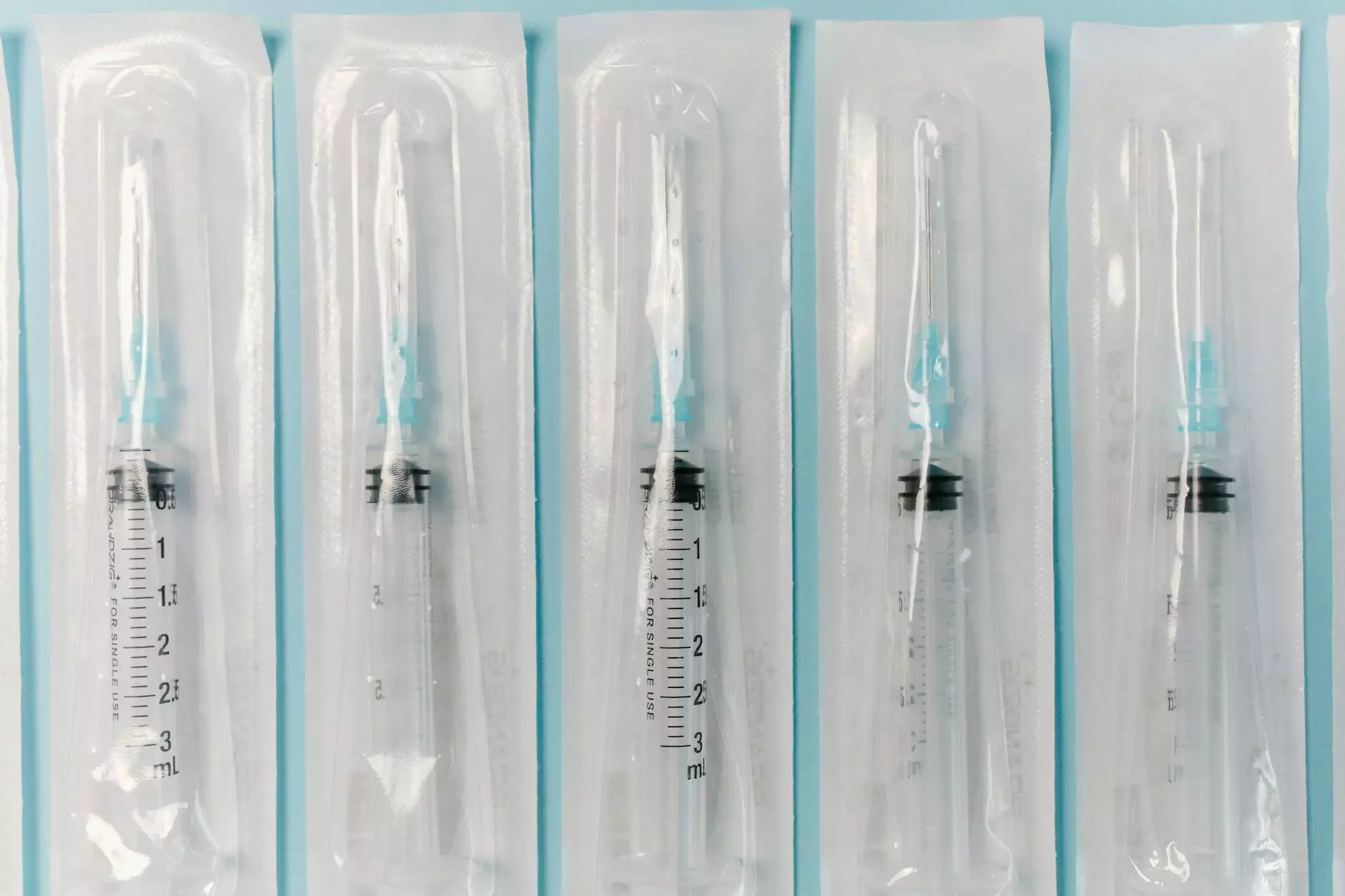How to Inject Yourself with Semaglutide: A Comprehensive Guide

Semaglutide has emerged as a groundbreaking medication for weight management and diabetes control, leading to a surge in its popularity. As more individuals consider this treatment, understanding the proper method of administration becomes essential. In this detailed guide, we will delve into everything you need to know about how to inject yourself with semaglutide, including preparation, injection techniques, and post-injection care.
What is Semaglutide?
Semaglutide is a GLP-1 receptor agonist that has shown significant effectiveness in managing blood sugar levels in adults with type 2 diabetes. Additionally, it has been approved for chronic weight management. It works by mimicking the incretin hormones that the body usually produces, which helps to regulate blood sugar levels and insulin secretion.
The Benefits of Semaglutide
- Weight Loss: Many studies have demonstrated that semaglutide can aid in substantial weight loss when combined with lifestyle changes.
- Improved Blood Sugar Control: It helps lower blood sugar levels, making it an effective option for managing diabetes.
- Reduced Appetite: Users often report a decrease in appetite, which can lead to healthier eating habits.
- Convenience: Administered via injections, semaglutide can be conveniently integrated into daily routines.
Preparing for Your Semaglutide Injection
Before administering a semaglutide injection, preparation is key to ensure safety and efficacy. Follow these steps:
- Consult Your Doctor: Always discuss with your healthcare provider before starting semaglutide to receive personalized instructions and dosage information.
- Gather Supplies: You will need the semaglutide pen or vial, alcohol wipes, gauze, and a sharps container for disposal of needles.
- Check the Medication: Inspect the medication for clarity and the absence of particles. Do not use if the liquid is cloudy or discolored.
- Wash Your Hands: Clean your hands thoroughly with soap and water or use hand sanitizer to prevent infection.
How to Inject Yourself with Semaglutide
Now that you are prepared, let's discuss the step-by-step process of administering semaglutide:
1. Choose the Injection Site
The preferred sites for semaglutide injection include:
- Abdomen (at least 2 inches away from the navel)
- Thighs
- Upper arms
Rotate the sites regularly to prevent tissue damage.
2. Clean the Injection Site
Using an alcohol wipe, cleanse the area where you plan to inject. Allow it to dry completely to minimize discomfort.
3. Prepare the Injection Pen or Syringe
If using a pen, follow these steps:
- Remove the cap from the pen.
- Turn the dial to select your prescribed dose.
- Prime the pen if necessary (check the manufacturer’s instructions).
If using a syringe, draw up the prescribed amount carefully.
4. Administer the Injection
Hold the pen or syringe at a 90-degree angle to your skin. Insert the needle quickly into the skin and push the button or plunger to inject the medication. Hold it in place for a few seconds to ensure complete delivery of the medication.
5. Withdraw the Needle
Remove the needle gently and apply slight pressure with a gauze pad over the injection site. You may also apply a band-aid if needed.
Post-Injection Care
After administering your semaglutide injection, follow these care tips:
- Dispose of the Needle Properly: Use a sharps container to dispose of needles safely.
- Monitor for Side Effects: After your injection, be aware of potential side effects, which may include nausea, vomiting, or irritation at the injection site.
- Keep a Record: Document the date, time, and injection site to keep a record for your healthcare provider.
Common Side Effects of Semaglutide
While semaglutide is generally well-tolerated, some users may experience side effects. Here are the most common:
- Gastrointestinal Issues: Nausea, vomiting, and diarrhea can occur, particularly when starting treatment.
- Injection Site Reactions: Skin irritation or redness may happen after an injection.
- Headaches: Some users report experiencing headaches.
- Potential Hypoglycemia: Monitor your blood sugar levels closely, especially if combined with other diabetes medications.
Consult your healthcare provider if side effects persist or worsen.
Conclusion
Understanding how to inject yourself with semaglutide is an essential skill for those using this medication for weight loss or diabetes management. By following this comprehensive guide, you can ensure a safe and effective injection process. Always remember to consult your healthcare provider with any questions or concerns about your treatment.
Embrace the journey to better health with semaglutide and feel confident in your ability to manage your treatment effectively.









